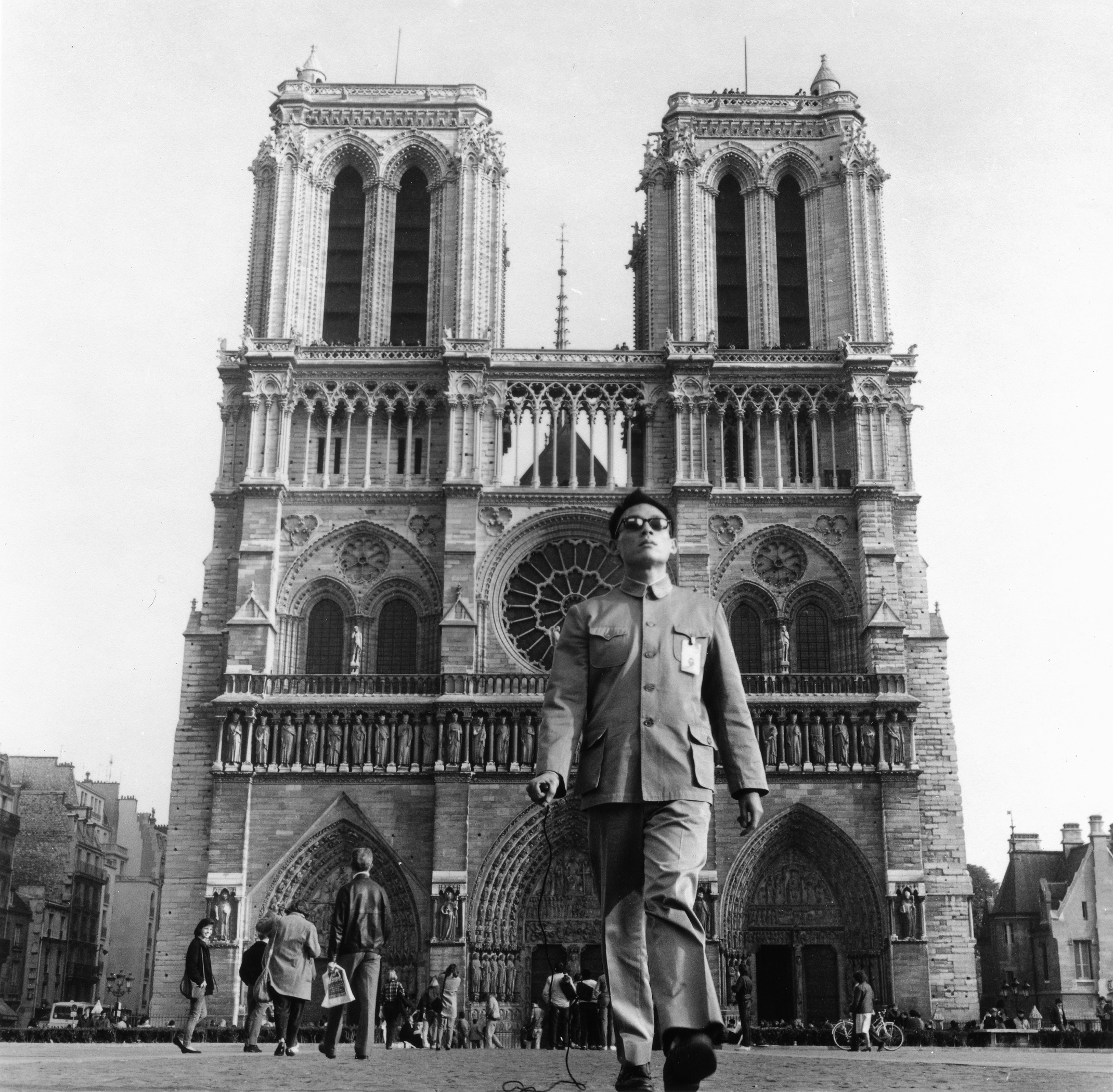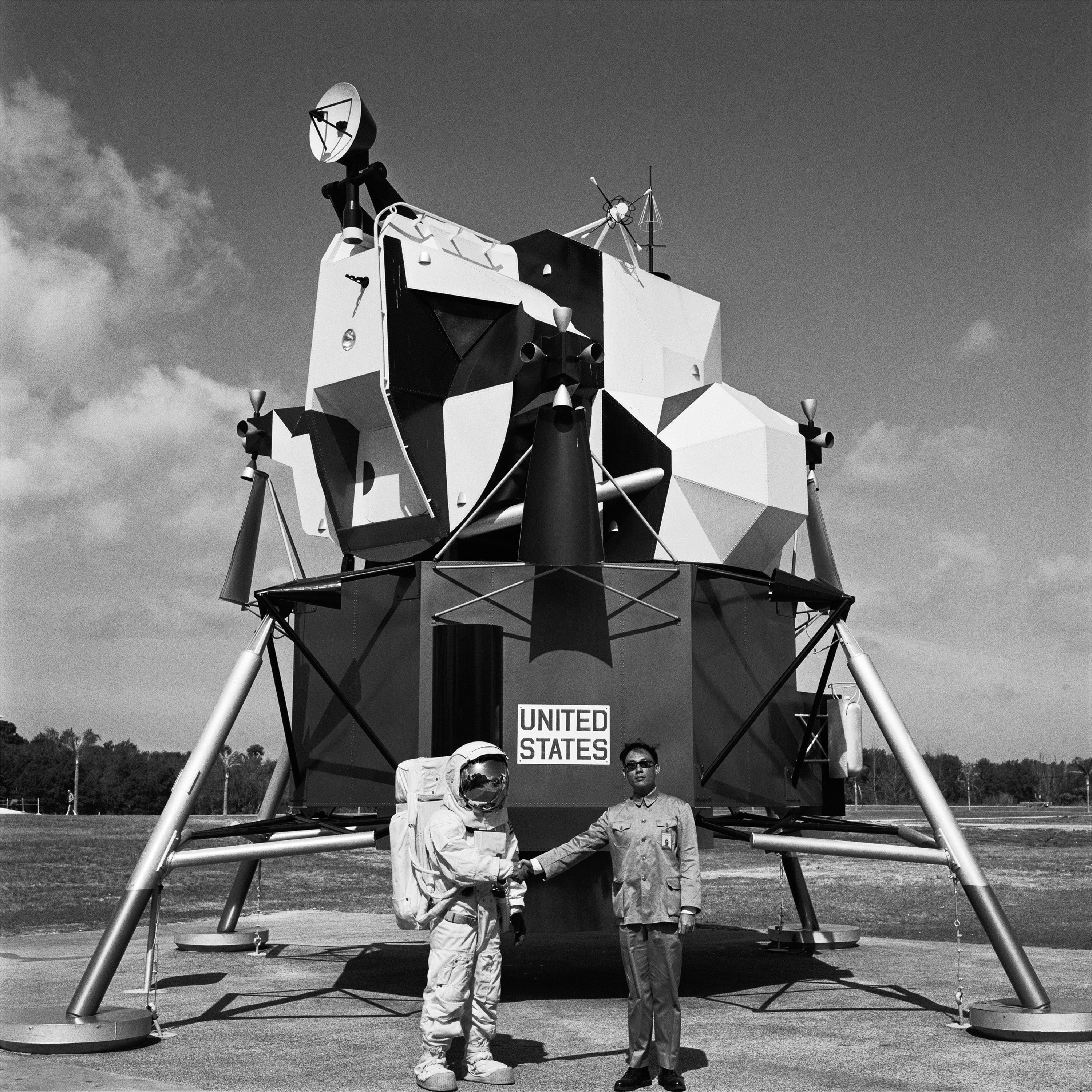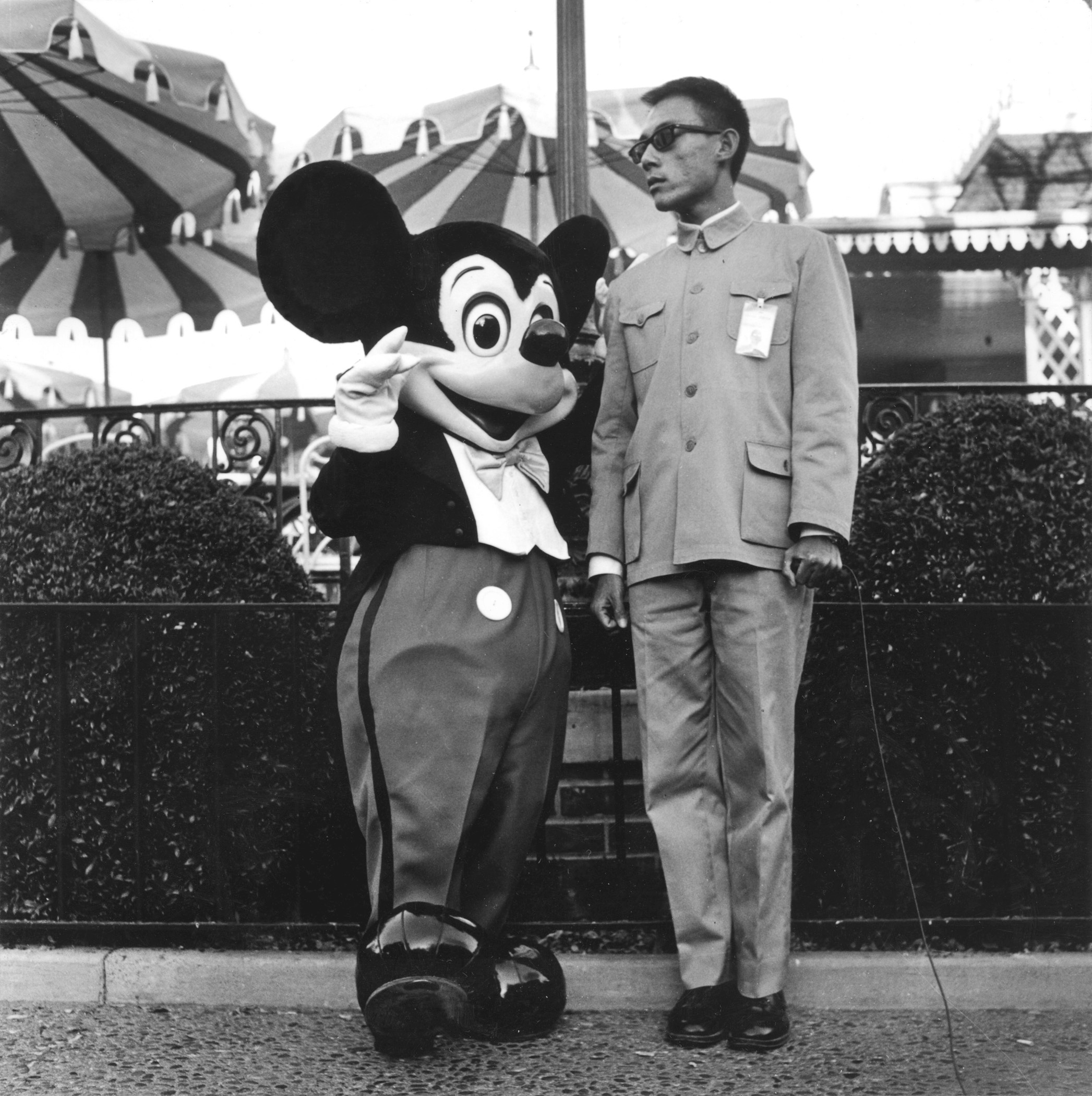This week, Germany’s The Institute for Artists’ Estates hosts Keeping The Legacy Alive: A Conference on Artist Estates as Berlin Art Week kicks off in the city. Muna Tseng from Estate Archive of Tseng Kwong Chi will be discussing the management of her late brother’s legacy on Thursday.
Can you tell me a little about the topics you’ll be discussing at Keeping the Legacy Alive?
I will give an overview of the oeuvre Tseng Kwong Chi left to the world and speak about the multi-pronged strategies we have taken to preserve, conserve, inform, provide access and build a legacy for an artist who died in 1990 at the young age of 39. He was very prolific and created an archive of approximately 100,000 images in 10 years. I will show almost 60 slides of his work across the spectrum of his major artistic series of self-portraits and images he captured as a key documentarian of the1980’s art world in downtown New York, with figures such as Keith Haring, who asked Kwong Chi to be his official photographer.
Like many others, you are a trustee for the estate of your own family member. How did this role first come about?
My brother and I were very close. We grew up in Hong Kong, immigrated to Canada and arrived in New York in 1978 together to become artists (I am a choreographer-dancer). He was a fiercely bold and engaged artist who was always an inspiration to me. He photographed my dances, made my posters, and his friends Kenny Scharf and Keith Haring made sets and costumes for my dance company. I have created a dance-theater work inspired by his life and scene. We share an artistic and family history. He trusted me to be the guardian of his archive and to keep the flame alive.
What are your key concerns in your brother’s estate?
Before his death, Kwong Chi and I had long conversations about the major goals of creating a legacy. He wanted future generations to enjoy, view and contemplate his work, and to be acknowledged as a visionary and global artist of his time.
Over the past 26 years, the key concern has been getting his work out in the world while maintaining its integrity, controlling the quality, and adhering to his wishes. Another concern is to establish his place among his peers who received earlier recognition. In 1980s New York, Kwong Chi was always at the right place at the right time. His work has now entered the artistic canon of late 20th century American art history alongside that of his contemporaries.
We actively work on exhibitions with galleries and museums, license to editorial publications, and engage with scholars and researchers. Our archive is accessible to curators to develop future projects and exhibitions in collaboration with us. We are in the process of working with MoMA curators on a yet to be titled exhibition in 2017 on the art and performance scene of Club 57 in the East Village, circa 1979-1981, which takes a close look at its creative social circle and its impact on the 80’s political climate, and Kwong Chi as both a vital documentarian and fundamental artist of his time.
Another concern is to bring consideration to his work beyond the medium of photography. His work embodies classical beauty as he was academy-trained, yet he engaged with role-playing and the Pop Art ideology of his time; he has been called ‘Ansel Adams meets Cindy Sherman’. The persona he took on, as the Mao-garbed ‘Ambiguous Ambassador,’ juxtaposed with the elegiac beauty of American landscape or posed with Pop icons like the Hollywood sign or a NASA astronaut, is both accessible yet multi-layered. He has been acknowledged for his prescient vision that has inspired artists coming out of post-1990s China. I’m very pleased his work is being collected and shown globally in recent years, as he would be.
What do you think are the main challenges of upholding an artist’s estate—specifically as a relative of the artist?
Professionally, I think upholding an artist’s estate demands the same rigorous standards and smart strategies, whether managed by a relative or not. Over the years, there have been numerous advisors, professionals, contemporaries and colleagues who have helped me champion the work. The challenge for me is to separate the emotional response from the facts of the situation; as it may be difficult for an artist to keep his/her ego out of professional or business decisions.
How do you work together with galleries? Do you find the relationship is very similar to that between a living artist and their gallery?
An estate archive, is, in a sense ‘closed,’ as no new images will be created. Nevertheless, we find ways to engage with the art market over time. It is most important to do so in a consistent way and with integrity and maintaining high standards to build trust and reputation with galleries, art market and collectors. Working with our galleries, we have, and continue to, place vintage prints (made during his lifetime) into museums and important collections. From the beginning we established strictly controlled posthumous or modern limited editions of estate prints according to the artist’s instructions before he died. These editions are printed at the same-as-artist standards in silver gelatin and color C prints, working with the best fine art printer labs and framers. I personally approve each final print, hand-sign and estate stamp each one before release to the art market. We maintain our in-house designed database.
The Institute for Artists’ Estates attempts to bring together a lot of diffused information, and aims to build more of a community for singular estates. Have you found that there has been information lacking before now?
The Institute for Artists’ Estates is an excellent and much needed resource. Dr. Loretta Würtenberger’s effort to do this conference and publish the book must be applauded. Estates often are run by family members who are thrown into a new and bewildering field, there is no school for it, and we need the sense of community and share ways to find resource. In New York, we have the group American Photography Archives Group founded and run by Mary Engel, daughter of photographers Ruth Orkin and Max Engel. It is a collegial organization for individuals who own or manage a privately held photography archive. We are members and attend the quarterly meetings. Collectively we can do our jobs with more confidence and knowledge, which is power.
‘Keeping The Legacy Alive: A Conference on Artist Estates’ will happen on 14 and 15 September at Villa Elisabeth, Invalidenstrasse 3, 10115 Berlin. Visit the Institute’s website here and read more about Tseng Kwong Chi here.
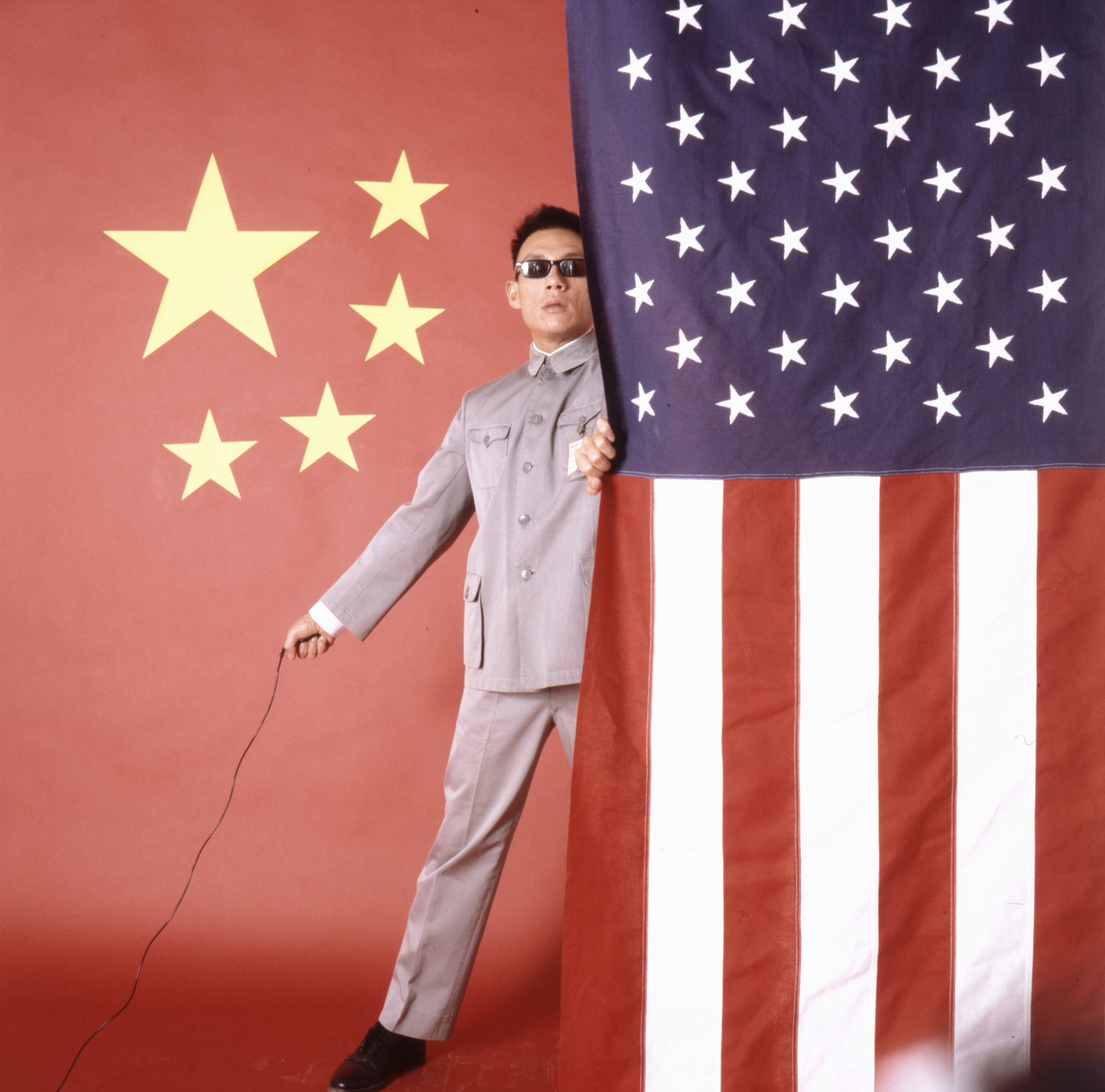
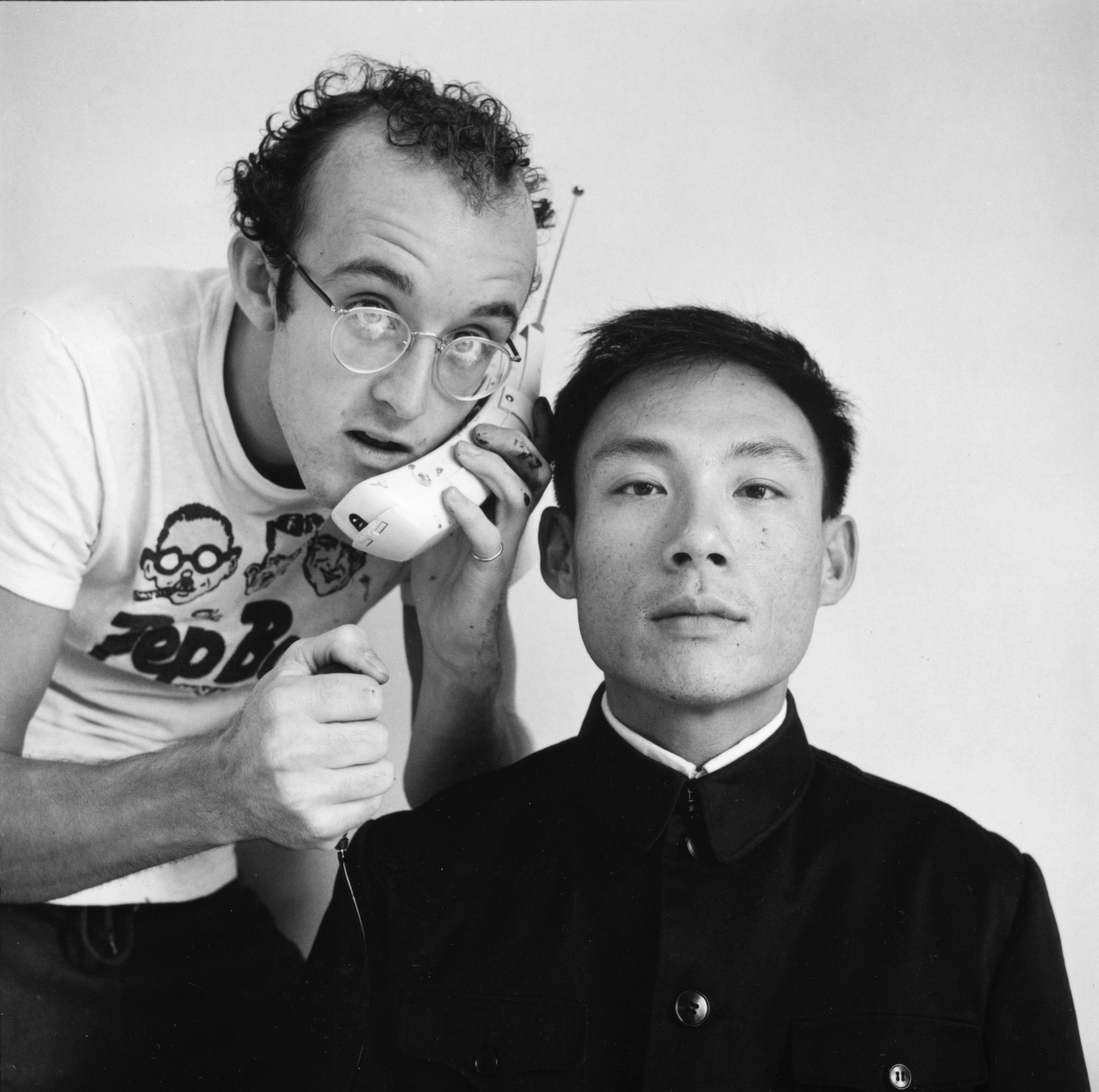
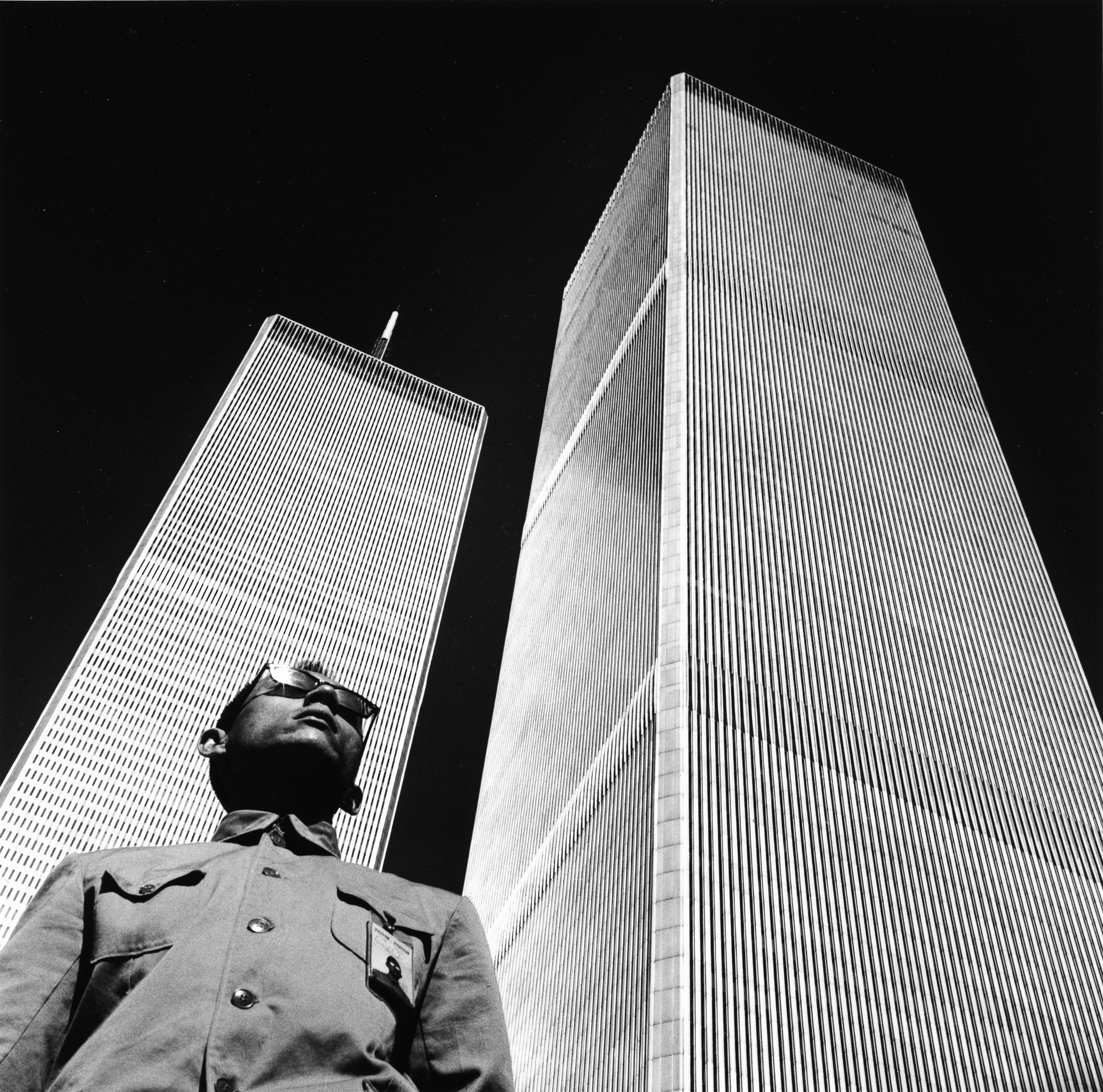
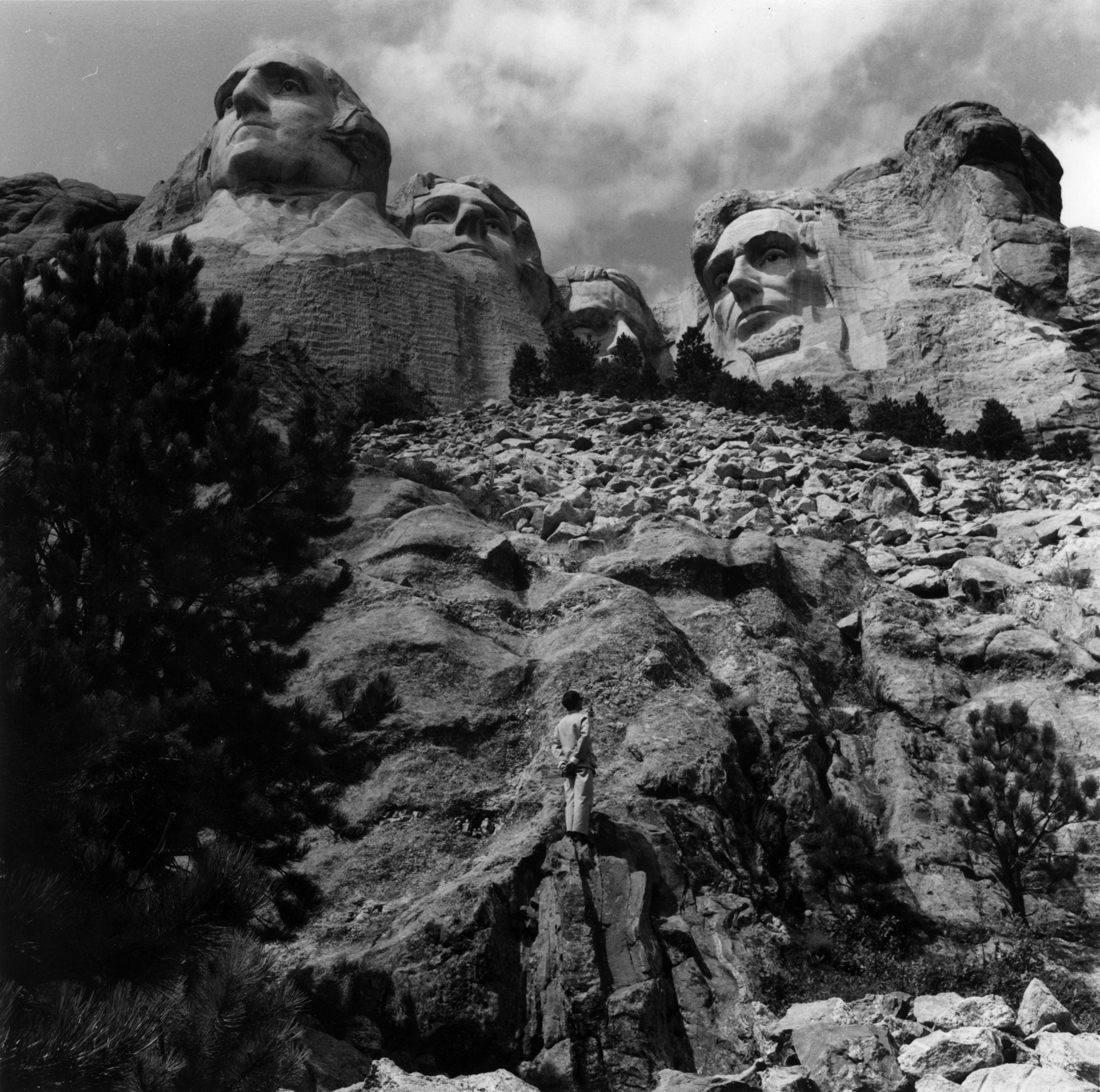
Mount Rushmore, South Dakota, 1986 Photograph by Tseng Kwong Chi. © Muna Tseng Dance Projects, New York.
